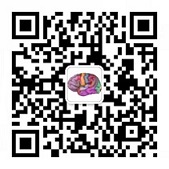SATB2
Gene product: Special AT-Rich Sequence-Binding Protein 2.
Protein function: This protein can specifically bind to nuclear matrix attachment regions and participates in transcription regulation and chromatin remodeling[1].
Phenotype: SATB2-Associated Syndrome (also known as Glass syndrome, mainly manifested as developmental delay (especially speech delay), craniofacial dysmorphisms (including clefting of the palate, dental anomalies, micrognathia, etc.), some people may have skeletal abnormalities, abnormal brain structures (such as corpus callosum anomalies and enlarged ventricles) and seizures)(AD)[2-3].
Mutation database: ClinVar.
Clinical and basic research: PubMed (PMID: 28151491 (Genet Med. 2017), 29436146 (Am J Med Genet A. 2018), 31021519 (Hum Mutat. 2019), 32446642 (Pediatr Neurol. 2020)).
References:
- Leoyklang, P., et al., Disorders with similar clinical phenotypes reveal underlying genetic interaction: SATB2 acts as an activator of the UPF3B gene. Hum Genet, 2013. 132(12): p. 1383-93.
- Bengani, H., et al., Clinical and molecular consequences of disease-associated de novo mutations in SATB2. Genet Med, 2017. 19(8): p. 900-908.
- Zarate, Y.A., et al., Natural history and genotype-phenotype correlations in 72 individuals with SATB2-associated syndrome. Am J Med Genet A, 2018. 176(4): p. 925-93

 English
English  简体中文
简体中文 